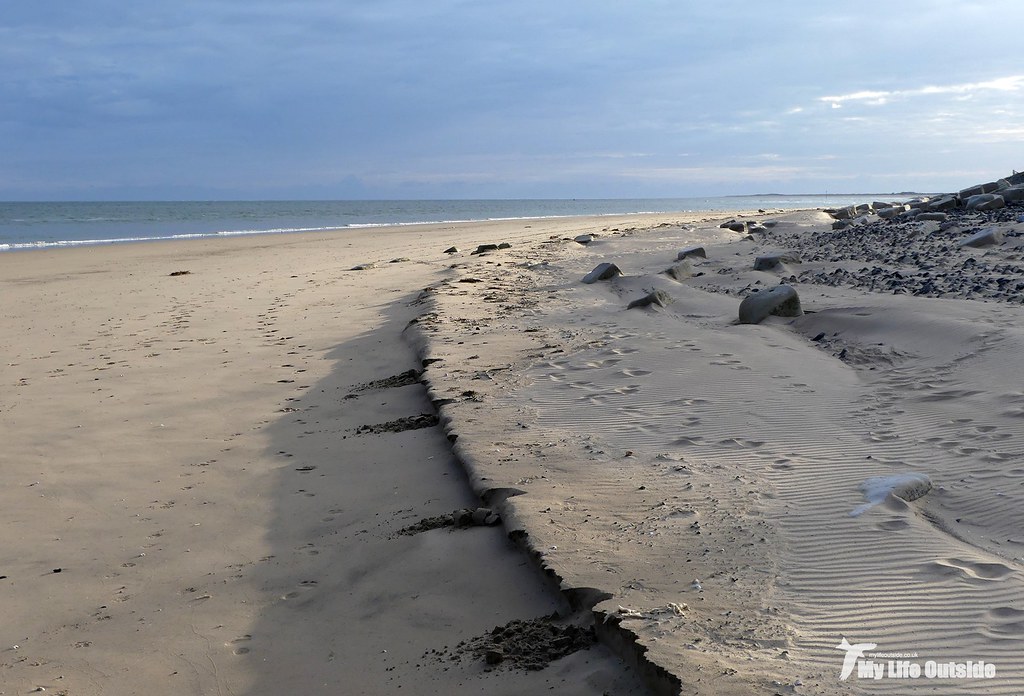Our next house is going to be in walking distance of the coast. We’re not that far off now but somehow the upper reaches of a tidal estuary just can’t quite cut it against the call of an open ocean. There’s no waves for a start! Such a move will also save us the short evening drive which has become all too familiar of late as we cut loose the memories of work and escape to a place of big seas and even bigger skies. With time often tight it’s typically been the north coast of the Burry Inlet which has provided our fix, more specifically the section between Tywyn Bach and Burry Port itself. These last few weeks have seen some stunning light there, set off perfectly by a landscape shaped at the hands of countless high tides and gale force winds.


We usually have this place mostly to ourselves bar the occasional fisherman or dog walker, and that suits us fine. It means there’s no distractions between us and the wildlife, be that chattering Sand Martins at their breeding colony or roving flocks of Oystercatchers chasing the tide out only to be pushed back in the face of its relentless rise. A couple of Great-crested Grebes are not uncommon along with the more regular Cormorants, nor Gannets which sometimes venture this far up channel. Regrettably not every visitor males it back out alive and the sad sight of stranded Barrel Jellyfish has become ever more common.

At this time of year there’s the added attraction of Sandwich Terns which summer here before moving on. We had pretty good views of a pair just after our return from Mull but that encounter was well and truly knocked into the long grass by a trio of birds which we found fishing literally just beyond the breaking waves. Alerted to their presence thanks to that distinctive call they couldn’t have been entering water more than a couple of foot deep but that didn’t seem to deter them as dive after dive produced a plethora of fish. I just had to try and get something on camera and ended up coming away with this as the best of a bad bunch.

Of course there’s plenty of commoner species about too including the ubiquitous Gulls of which Black Headed and Herring are most numerous. Crows and Magpies can often be found patrolling the tide line for insects feasting on rotting seaweed whilst the combination of woodland and pasture beyond is home to everything from Whitethroats and Stonechats to, if you’re really lucky, Grasshopper Warblers in full song.

To top it all our return journey just happens to pass the best fish and chip shop is our area and, well, it would be rude not to really, wouldn’t it?



0 Comments